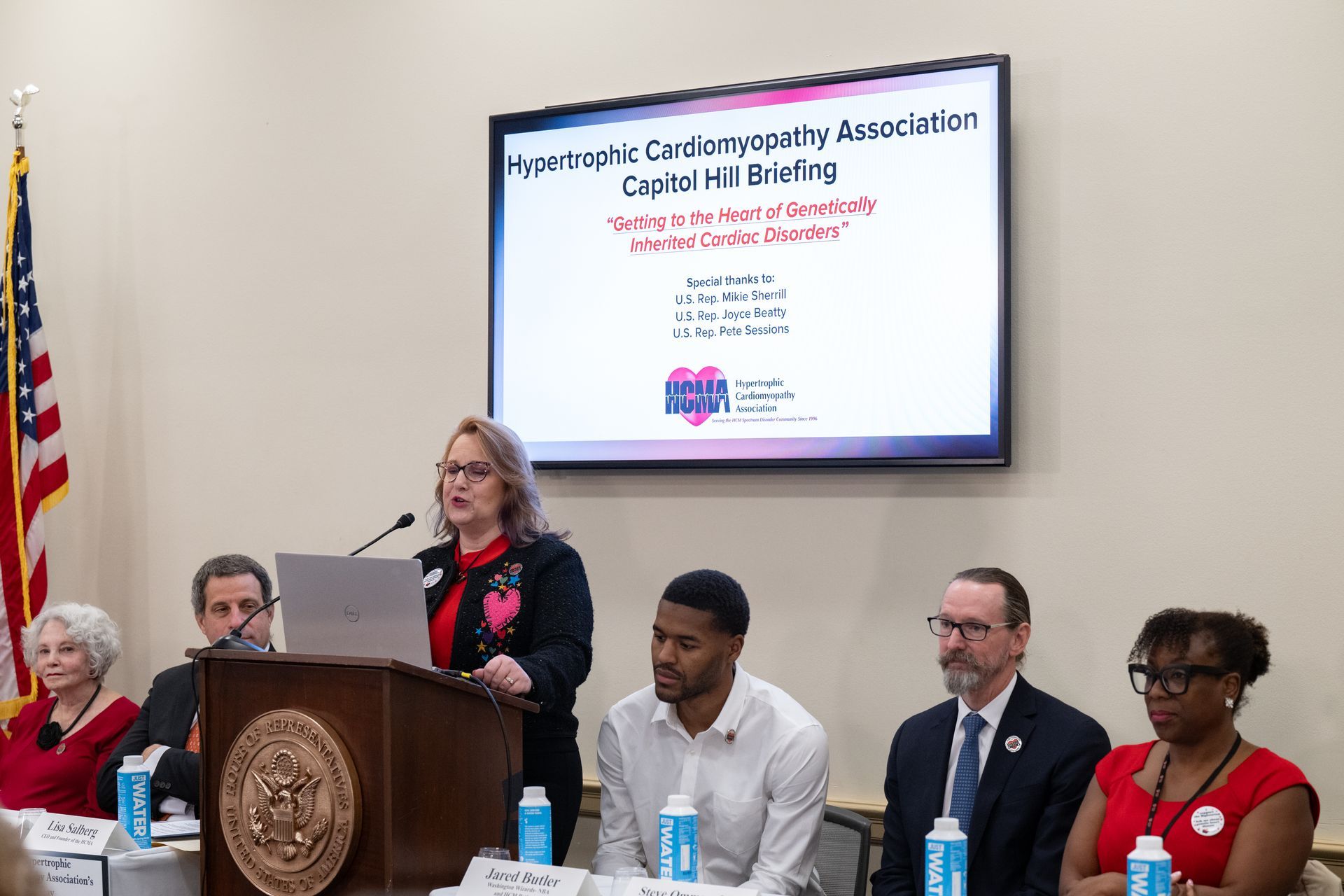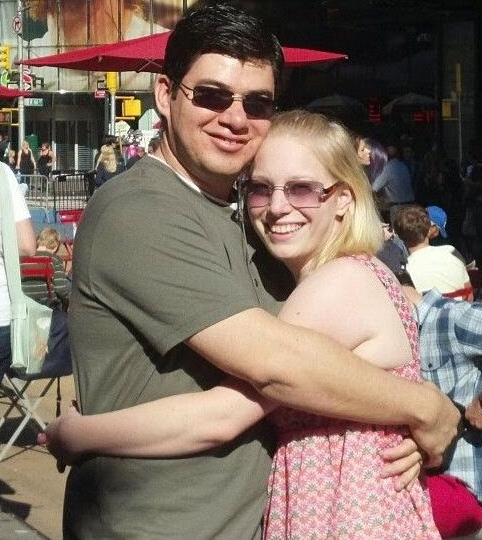
REDWOOD-HCM OLE: First Long-Term Data from Open Label Extension
Cytokinetics’ also announced positive data relating to aficamten from REDWOOD-HCM OLE ( R andomized E valuation of D osing W ith CK-274 in O bstructive O utflow D isease in HCM O pen L abel E xtension) and the results from two additional analyses of omecamtiv mecarbil from GALACTIC-HF ( G lobal A pproach to L owering A dverse C ardiac Outcomes T hrough I mproving C ontractility in H eart F ailure), all presented in Late-Breaking Science Sessions at Heart Failure 2022, an International Congress of the European Society of Cardiology. The analysis from GALACTIC-HF related to low blood pressure has been simultaneously published in the European Heart Journal.
“This first analysis from REDWOOD-HCM OLE showed that ongoing treatment with aficamten , now out to 6 months, resulted in sustained and substantial reductions in LVOT gradients, as well as improvements in functional class and symptoms. Overall safety and tolerability remain favorable, and all patients enrolled remain on aficamten . We look forward to sharing additional longer-term data later this year,” said Fady I. Malik, M.D., Ph.D., Cytokinetics’ Executive Vice President of Research & Development. “In addition, the analysis of patients from GALACTIC-HF with lower blood pressure, often very challenging to treat, showed that the treatment effect of omecamtiv mecarbil was greater than in the overall population, blood pressure was not adversely affected, and safety was similar to placebo in these patients. In another analysis, the treatment effect of omecamtiv mecarbil was also comparable in patients with or without tricuspid regurgitation. These findings add to the growing body of evidence demonstrating that patients with clinical features suggestive of high-risk heart failure respond favorably to omecamtiv mecarbil.”
Ahmad Masri, M.D., Assistant Professor of Medicine, Division of Cardiovascular Medicine, School of Medicine, Oregon Health & Science University, presented the first long-term data from REDWOOD-HCM OLE. Patients enrolled in REDWOOD-HCM OLE have completed participation in REDWOOD-HCM, the Phase 2 clinical trial of aficamten. The primary endpoint is the incidence of adverse events and left ventricular ejection fraction (LVEF) <50%. Secondary endpoints include measures of the long-term effects of aficamten on left ventricular outflow tract gradient (LVOT-G), and assessments of steady state pharmacokinetics. The trial also includes a cardiac magnetic resonance imaging sub-study to assess changes in cardiac morphology, function and fibrosis. All enrolled patients receive aficamten. After entry into REDWOOD-HCM OLE, each patient started at 5 mg once daily and underwent echocardiography-guided dose titration approximately every two weeks during the first six weeks and subsequently will continue to have study visits approximately every twelve weeks thereafter.
Data from 38 patients enrolled in REDWOOD-HCM OLE were presented today, including 30 patients treated for 12 weeks and 19 patients treated for 24 weeks. The data showed that treatment with aficamten was associated with substantial reductions in the average resting LVOT-G (mean change from baseline (SD) = -32.6 (28) mmHg, p<0.0001 at 12 weeks, -32.8 (32.3) mmHg, p=0.0003 at 24 weeks) and Valsalva LVOT-G (-42.7 (38.7) mmHg, p<0.0001 at 12 weeks, -51.1 (35.3) mmHg, p<0.0001 at 24 weeks). These reductions started to occur within two weeks of treatment, were sustained through 24 weeks of treatment, and were achieved with only modest decreases in the average LVEF (-3.2 (4.2) %, p=0.0038 at 24 weeks). Compared to baseline (47% Class II, 53% Class III), New York Heart Association (NYHA) Functional Class was improved in the majority of patients (p<0.0001 for improvement by one or more NYHA class), and no patients had a worsening of NYHA Class. At 12 weeks, 72% of patients improved by one class and 7% improved by two classes; at 24 weeks 61% of patients improved by one class and 17% improved by two classes. For patients reaching Week 24, 56% were Class I and 39% were Class II. There were also significant improvements in cardiac biomarkers including NTpro-BNP (reduction of 70% from baseline, p<0.001) and cardiac troponin (20% reduction, p=0.002). Treatment with aficamten was well-tolerated with one temporary discontinuation due to LVEF <50% and one temporary down-titration, neither related to drug. Both patients remain on treatment with aficamten.
SEQUOIA-HCM: Clinical Trial Design
Cytokinetics, Incorporated (Nasdaq: CYTK) today announced that SEQUOIA-HCM ( S afety, E fficacy, and Q uantitative U nderstanding of O bstruction I mpact of A ficamten in HCM ), a Phase 3 clinical trial of aficamten in patients with symptomatic obstructive hypertrophic cardiomyopathy (HCM), is open to enrollment. Aficamten is a next-generation cardiac myosin inhibitor in development for the potential treatment of HCM. SEQUOIA-HCM builds on the positive results from REDWOOD-HCM, a Phase 2 clinical trial of aficamten , that demonstrated that treatment with aficamten for 10 weeks resulted in reductions from baseline compared to placebo in the average resting left ventricular outflow tract pressure gradient (LVOT-G) and the average post-Valsalva LVOT-G, with no treatment interruptions or discontinuations, nor any treatment related serious adverse events.
“We are pleased to announce the start of SEQUOIA-HCM, especially today which marks HCM Awareness Day,” said Fady I. Malik, M.D., Ph.D., Cytokinetics’ Executive Vice President of Research & Development. “With this registrational trial we are investigating the potential of aficamten to improve exercise capacity measured by peak VO 2 , as well as heart failure symptoms and functional class in patients who have substantial resting and provoked gradients despite standard of care therapy. Like in REDWOOD-HCM, we will use a personalized dosing scheme employing echo-guided dose titration to maximize the potential treatment effect and enable patients to reach a target dose quickly. For patients who complete SEQUOIA-HCM, we are also pleased to offer enrollment in the open label extension trial to provide patients with continued access to aficamten , and to gather longer term data on its safety and efficacy.”
SEQUOIA-HCM is expected to enroll 270 patients, randomized on a 1:1 basis to receive aficamten or placebo in addition to standard-of-care treatment. Following the positive results from Cohort 3 of REDWOOD-HCM, patients whose background therapy includes disopyramide are eligible for enrollment. Randomization will be stratified by use of beta-blockers and CPET exercise modality (treadmill or bicycle). At screening, patients enrolled in SEQUOIA-HCM must have a resting LVOT-G ≥30 mmHg, post-Valsalva peak LVOT-G ≥50 mmHg, be NYHA functional class II or III, and have a pVO 2 <80% predicted. Each patient will receive up to four escalating doses of aficamten or placebo based on echocardiographic guidance alone. Patients receiving aficamten will begin with 5 mg dosed once daily. At weeks 2, 4 and 6 patients will receive an echocardiogram to determine if they will be up-titrated to escalating doses of 10, 15 or 20 mg. Dose escalation will occur only if a patient has a post-Valsalva LVOT-G ≥30 mmHg and a biplane left ventricular ejection fraction (LVEF) ≥55%. Patients who do not meet escalation criteria will continue to receive their current dose or may be down-titrated if their LVEF is below 50%. Patients who complete SEQUOIA-HCM will be eligible to participate in an open label extension trial. Additional information can be found on www.clinicaltrials.gov.
SEQUOIA-HCM is a Phase 3 randomized, placebo-controlled, double-blind, international multi-center clinical trial designed to evaluate aficamten in patients with symptomatic obstructive HCM on background medical therapy for 24 weeks. The primary endpoint is the change in peak oxygen uptake (pVO 2 ) measured by cardiopulmonary exercise testing (CPET) from baseline to Week 24. Secondary endpoints include the change from baseline to Week 12 and Week 24 in Kansas City Cardiomyopathy Questionnaire (KCCQ) score, proportion of patients with ≥1 class improvement in New York Heart Association (NYHA) functional class, post-Valsalva left ventricular outflow tract gradient (LVOT-G), and proportion of patients with post-Valsalva LVOT-G <30 mmHg, as well as the change from baseline to Week 24 in total workload during CPET.
About Aficamten
Aficamten is an investigational selective, small molecule cardiac myosin inhibitor discovered following an extensive chemical optimization program that was conducted with careful attention to therapeutic index and pharmacokinetic properties and as may translate into next-in-class potential in clinical development. Aficamten was designed to reduce the number of active actin-myosin cross bridges during each cardiac cycle and consequently suppress the myocardial hypercontractility that is associated with hypertrophic cardiomyopathy (HCM). In preclinical models, aficamten reduced myocardial contractility by binding directly to cardiac myosin at a distinct and selective allosteric binding site, thereby preventing myosin from entering a force producing state. The development program for aficamten is assessing its potential as a treatment that improves exercise capacity and relieves symptoms in patients with HCM as well as its long-term effects on cardiac structure and function. Aficamten received Breakthrough Therapy Designation for the treatment of symptomatic obstructive HCM from the U.S. Food & Drug Administration (FDA) as well as the National Medical Products Administration (NMPA) in China.
About Hypertrophic Cardiomyopathy
Hypertrophic cardiomyopathy (HCM) is a disease in which the heart muscle (myocardium) becomes abnormally thick (hypertrophied). The thickening of cardiac muscle leads to the inside of the left ventricle becoming smaller and stiffer, and thus the ventricle becomes less able to relax and fill with blood. This ultimately limits the heart’s pumping function, resulting in symptoms including chest pain, dizziness, shortness of breath, or fainting during physical activity. A subset of patients with HCM are at high risk of progressive disease which can lead to atrial fibrillation, stroke and death due to arrhythmias. There are no FDA approved medical treatments that directly address the hypercontractility that underlies HCM.
About Cytokinetics
Cytokinetics is a late-stage biopharmaceutical company focused on discovering, developing and commercializing first-in-class muscle activators and next-in-class muscle inhibitors as potential treatments for debilitating diseases in which muscle performance is compromised. As a leader in muscle biology and the mechanics of muscle performance, the company is developing small molecule drug candidates specifically engineered to impact muscle function and contractility. Cytokinetics is readying for the potential commercialization of omecamtiv mecarbil , its cardiac muscle activator, following positive results from GALACTIC-HF, a large, international Phase 3 clinical trial in patients with heart failure. Cytokinetics is also developing aficamten , a next-generation cardiac myosin inhibitor, currently the subject of SEQUOIA-HCM, the Phase 3 clinical trial of aficamten in patients with hypertrophic cardiomyopathy (HCM). Cytokinetics is also developing reldesemtiv , an investigational fast skeletal muscle troponin activator, currently the subject of COURAGE-ALS, a Phase 3 clinical trial in patients with amyotrophic lateral sclerosis (ALS). Cytokinetics continues its over 20-year history of pioneering innovation in muscle biology and related pharmacology focused to diseases of muscle dysfunction and conditions of muscle weakness.
The post CYTOKINETICS AFICAMTEN RESEARCH appeared first on Hypertrophic Cardiomyopathy Association.
HCMA Blog


 Translate
Translate
